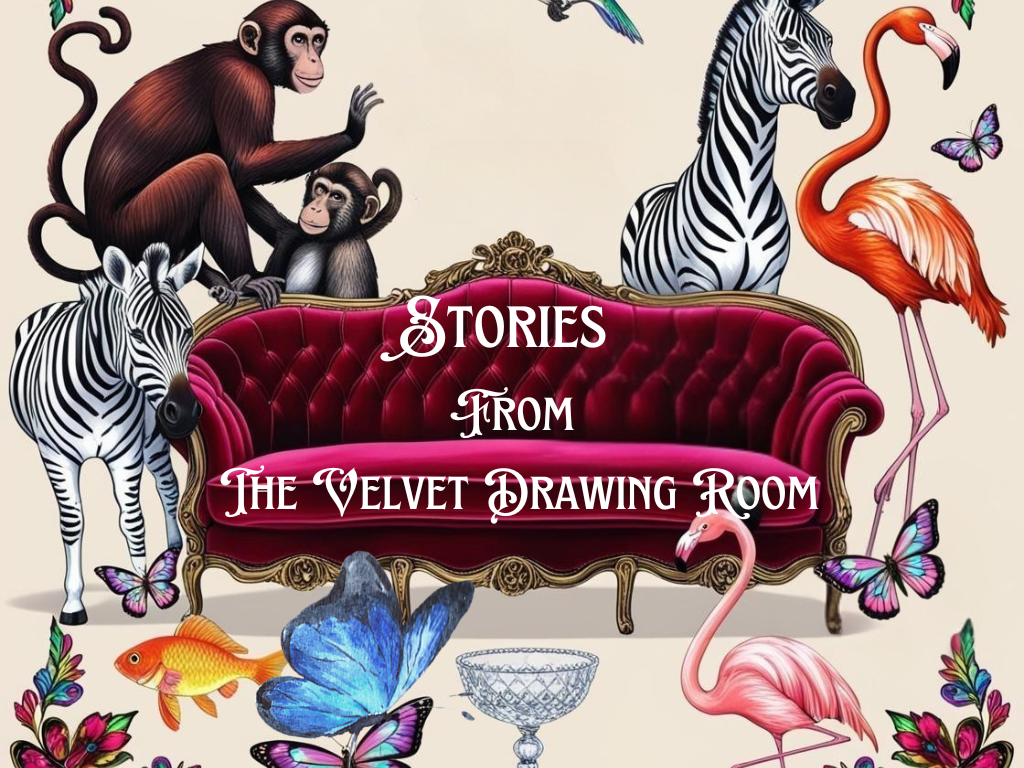What you notice when looking at (the very few) taxidermy bird items from Ledot of Paris, like these being sold in auctions today, is that there’s no significant divergence from the oval domes.
With Ledot, you don’t see other styles of cases with different species, but sometimes you do see the oval domes with ornate embellishments. And there is a reason for this.
Ledot of Paris, the two brothers and their father of the 19th Century Ledot company were artists and publishers, and this is mostly what they are known for.
Ledot were also ornithological experts, but they weren’t specifically taxidermists in the traditional sense.
Ledot of Paris were artists and publishers
The Ledot company of Paris at the Rue Rivoli had two parts; one was known as Ledot Aîné at 174 Rue de Rivoli, Paris, (Ainé means “elder”).
The other part was run by Ledot le jeune (the younger brother) next door at 168 Rue de Rivoli, Paris.
They are both listed independently in the Directory of artists published by Jules Renouard in 1862 which can be found free to read or view at The Internet Archive.
Ledot Frères (1850-1870): Ledot are best known for creating and publishing maps of Paris and tourist books.
Here is an example of beautiful maps that they produced on Wikimedia.
Here is an example of an illustrated book of ornithological plates, by French scientific artist, Edouard Traviès circa 1857, actually edited by Ledot Aîné and selling today for a large amount of money!
The Ledot company also contributed artwork and print for the Universal Exhibition of Paris in 1867.

Ledot Pocket Map of Paris 1867
Ledot ran their photography and publishing house from the Rue Rivoli, which also sold ornithological items for the tourist market, including the hanging game birds you see in oval wall domes. These are highly collectible today.
The gamebird domes were usually signed in chalk but nothing is known about the taxidermists who were contracted by the Ledot company to create them for the Paris tourist market.
Ledot was significant amongst artists and printers and had a high profile in Paris during the mid to late 1800s. These domes with countryside birds are very collectible today and are aesthetically pleasing.

Lithoprint by Ledot le Jeune courtesy of © The Trustees of the British Museum. Shared under a Creative Commons Attribution-NonCommercial-ShareAlike 4.0 International (CC BY-NC-SA 4.0) licence.
Ledot Paris souveniers have cultural importance
Monied tourists from Europe and the rest of the world embarked upon grand tours in the 18th and 19th centuries.
Paris was a highlight of the tour, and tourists would have picked up these fabulous souveneirs either from the Ledot shop or from the Paris Universal Exhibition of 1867 which took place in the Champs de Mars in the 7th Arrondissement of Paris.
The Ledot shop was in the 2nd Arrondissement and there would have been an array of prints, books and maps on display, as well as these gamebirds.
The Rue de Rivoli is at the centre of the Paris tourist area; it’s where the Louvre Museum is situated, and the Jardin des Tuileries, and Place de la Concorde.
Across the river from Ledot in the Rue de Rivoli, almost opposite is the best, most historic, most culturally interesting taxidermy establishment in the world – Deyrolle. This establishment is also very old and has always been an immense attraction for the culturally curious.
These Ledot “souvenirs” would have had a profile amongst the curiosities, collectibles, and wonders of the new European markets.

© V&A Museum. Shared under a Creative Commons Attribution-NonCommercial-ShareAlike 4.0 International (CC BY-NC-SA 4.0) licence.


Ledot and their peers
Amongst these wonders were the fascinating Automata of the likes of Vichy, and Rouillet – Descamps which started in 1866. Descamps made mechanical toys (highly prized today – look at more mechanical toys at The House of Automata), and they also exhibited at the Universal Exhibition of 1867.
So we have a scene to imagine. It’s the height of the cultural explosion; everything is amazing and new, and the bourgeoisie want a piece of it!
Although the birds inside the Ledot domes are not rare or unusual, and regardless of their original purpose as souvenirs, these domes can be considered culturally important, because they represent the world of discovery in Europe in the mid to late 1800s.
According to Christopher Frost (“A History of Taxidermy 1987) fakes of Ledot’s work are not unknown in the modern-day market (because they are so easy to copy, I think), but an original usually had a label or a chalk reference to “English Spoken”. If it looks new, and in over-good condition, then be careful…

Photo credit: Easy Live Auctions/Swan Fine Art
Discover more from thevelvetdrawingroom.co.uk
Subscribe to get the latest posts sent to your email.





















